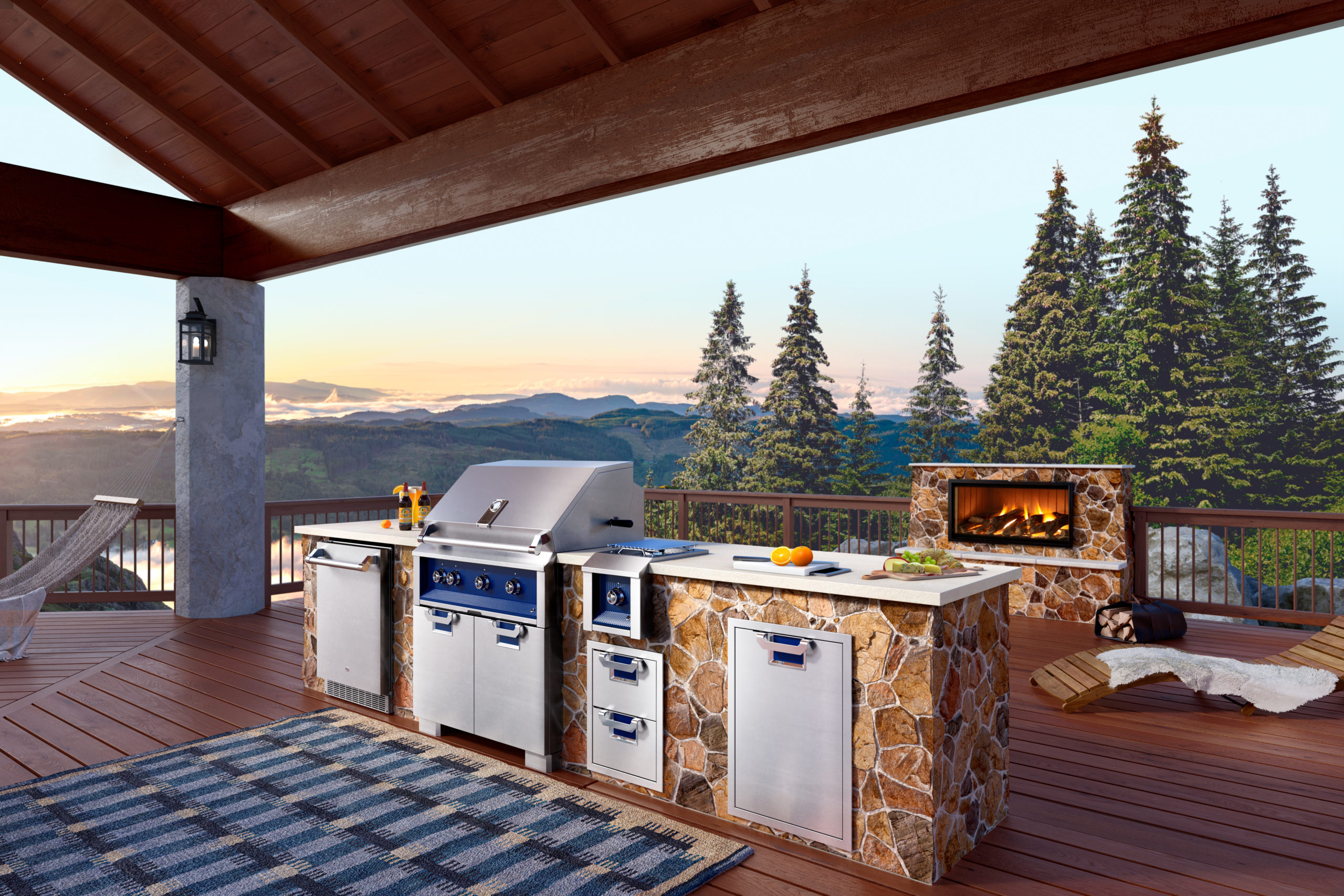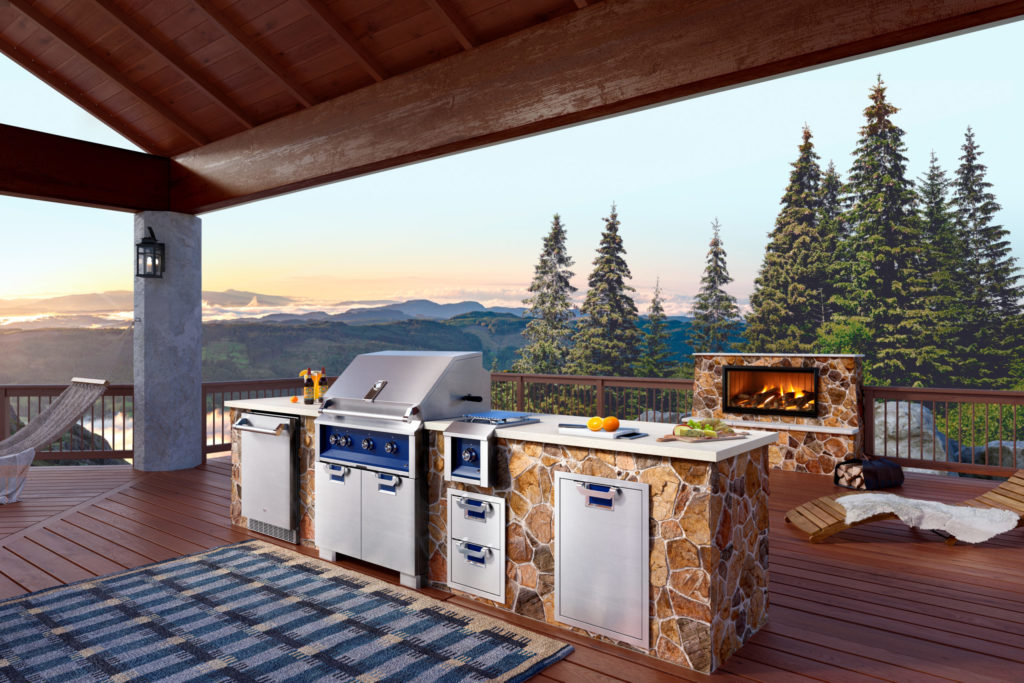
This year, we have seen the impact COVID-19 has made across industries to catapult change (whether or not an organization was ready for it). In many ways this has created an immense amount of opportunity for growth – especially in the high-end home category. As my colleague Michelle Hill recently shared, affluent consumers wasted no time this year diving into home renovations. If your high-end home brand has not experienced this lift in interest and sales, I urge you to check out her article.
As consumers continue to shelter in place (whether at their primary or secondary home), the path to purchase, even among high-ticket, luxury goods, is getting shorter and shorter. And convenience plays a major role in conversion.
Our partners at Mintel recently published a report in May of this year titled eCommerce Behaviors. Understanding the Consumer Journey. In the report, affluents agreed: “Convenience is very important to me, especially in a post-COVID world.” In fact, 70 percent of affluent respondents ranked convenience as #1 – the ability to easily find, purchase and receive items online (the highest of any income bracket).
This trend seems relevant among multiple industry verticals. For example, in the same consumer journey report, Mintel noted that 55 percent of affluent consumers said they typically shop for electronics and appliances online. In another report titled Evolving eCommerce: Furniture Retailing, only 20 percent of affluent consumers agreed with the sentiment “I go to physical stores to test furniture before buying online.”
We’ve even seen the rise of convenience among eCommerce giants like Amazon, which recently launched its by invitation-only “Luxury Stores” program, where users will experience enhanced features and early access to new fashion collections.
Convenience is increasingly becoming a critical decision factor among affluent consumers and a new hallmark – even in the high-end/luxury category. It’s important for brands to not only accept this but also find opportunities to use this to their advantage.
So, how can you take advantage?
For many high-end home brands that rely on a dealer network and showrooms, there are strategies that can be deployed to help reduce the path to purchase and create a more convenient experience.
Virtual product experiences – Whether a consumer doesn’t feel comfortable walking into a showroom or simply doesn’t have the time, investing in virtual product experiences on your website helps remove those barriers. For example, we recently completed a new virtual product experience for our Client Partners at Hestan for their grill line Aspire by Hestan. By creating 3-D renderings of the grills, a user can turn, tilt, zoom in and check out every physical feature of the grill – including seeing the grill in all nine of its signature colors. Next, once the user has made its selection on the grill, they can use the “View on Patio” augmented reality feature to actually see the grill in their own space.
Quoting tools – Another helpful feature to implement is a quoting tool for your products. Especially if a consumer is planning a kitchen or bathroom renovation, having a feature that allows them to build out their full product list and understand the pricing is one less step in their purchase decision. Often a consumer is dependent on a conversation with a sales representative to map out pricing. This puts the power directly in the end user’s hands – that’s convenient. But then you can take it a step further to complete the conversion and put the end user directly in the hands of an appropriate dealer to fulfill the order and discuss next steps.
Concierge service – There’s nothing more frustrating when researching a product but not being able to find the information you need or getting your questions answered. Brands have an opportunity to really step up and provide a high-touch concierge experience for interested consumers. This can take many forms on your website – live chat, a contact form that has an immediate response, or setting up an appointment for a real conversation with a real person. Not only does this allow the consumer to ask their questions, it also gives the brand an opportunity to understand what information is missing from its external communications. The result – a better brand experience for end users and a wealth of information and data for your marketing team to update across platforms. For example, the insights garnered from these real conversations allow you to create relevant content across your website, write blog articles and use them in social media.
Even in a post-COVID world, the residual impact and expectations of convenience will only increase. If you are interested in how Ramey can develop new strategies to up your convenience game, let me know. We’re ready to get started.

Erick Evans, SVP/Director of Client Services


